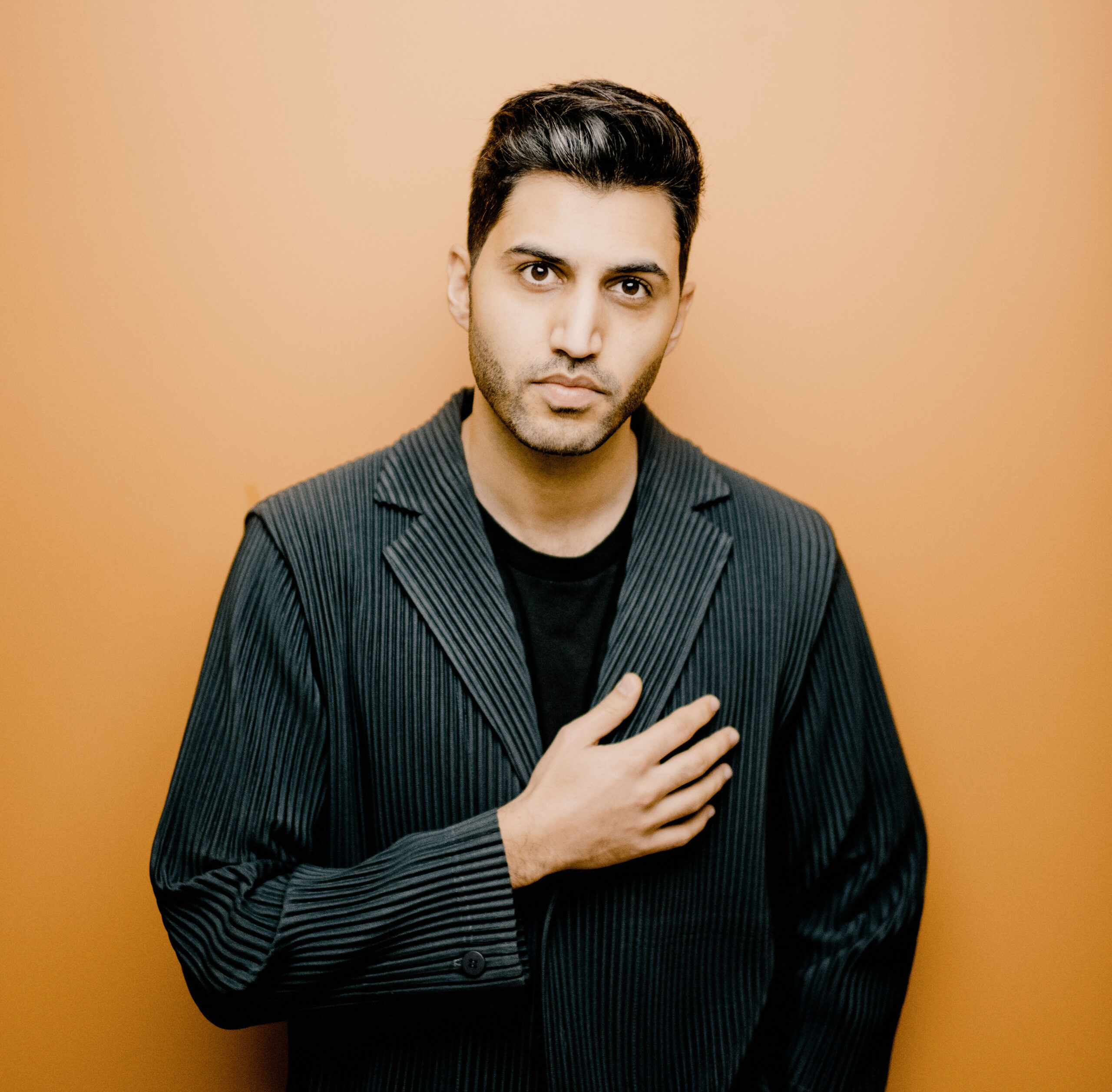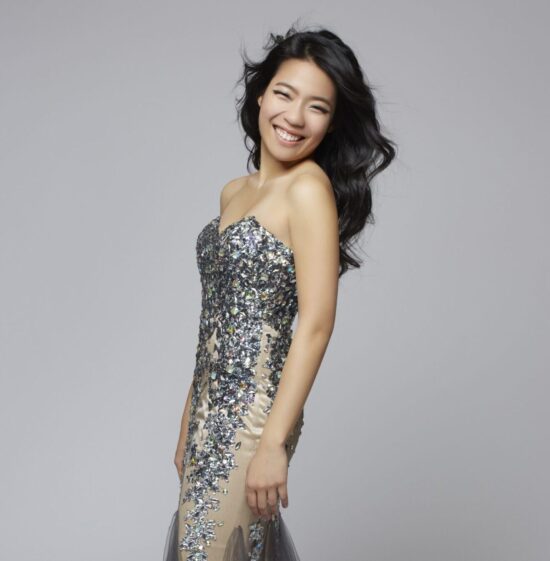Metamorphosen
By Tim Munro
Stéphane Denève, conductor
STRAUSS Metamorphosen
TAKASHI YOSHIMATSU And Birds Are Still…
DVOŘÁK Serenade for Winds
Stéphane on this program
“This program connects to our current world: there is a lot of anxiety, sadness, and division, and this music gives comfort to heal our souls. The complete orchestra appears, but not together—the strings play first, then winds.
“Strauss’ Metamorphosen for 23 solo strings is devastatingly sad, but it allows us a chance to reflect. Sad music can be cathartic, giving us a way to process our emotions.
“The Strauss runs, without a break, into a work for strings by the Japanese composer Takashi Yoshimatsu. In his piece, the sound of birdsong gives hope. The world has known many wars, many tragic events, but birds have sung all along.
“This is the first time I’ve conducted the Dvořák Serenade. It’s a journey that starts in darkness, which is quite unusual for a serenade. But the music soon becomes quite sunny.”
Metamorphosen
Richard Strauss
Born June 11, 1864, Munich, Germany
Died September 8, 1949, Garmisch-Partenkirchen, Germany
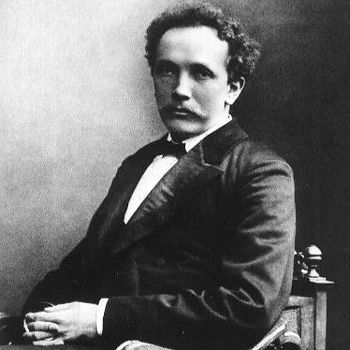
For Richard Strauss, music was life. So in 1943, when he learned of the destruction of Munich’s opera house, Strauss responded with sadness and silence. “I can write no more music today,” he wrote. “I am beside myself.”
Eventually, after months, he found the inspiration to work on a new composition. He sketched a short Adagio for strings, but the music kept growing in size and scope. Its meaning to Strauss was clear from the beginning: he wrote over one sketch, “Lament for Munich.”
Strauss completed the work, now called Metamorphosen, in March 1945. Eighteen days later, Hitler was dead. “On May 1st the most terrible period of mankind ended,” wrote Strauss. “The fruits of Germany’s 2000-year-long cultural development were condemned to extinction.”
Metamorphosen manages to be both full of sorrow and radiantly beautiful. It’s scoring—for 23 solo string parts—is unusual, giving the music a dark, pulsing glow, as if the ensemble of players is lit from within. The music is in no hurry: it winds a slow path to a climax of fury and pain.
Why “Metamorphosen?” Unable to compose, Strauss buried himself in the works of Goethe. He was drawn to the poet’s use of this word, “metamorphosis,” which Goethe uses to characterize the changes to our perspectives and beliefs that occur as we age.
In the final bars, a revelation. From the depths emerge the opening notes of the funeral march from Beethoven’s“Eroica” symphony. Strauss scratched above this passage in his manuscript, “IN MEMORIAM!”
| First performance | January 25, 1945, by Collegium Musicum Zürich, Paul Sacher conducting |
| First SLSO performance | January 24, 1948, Vladimir Golschmann conducting |
| Most recent SLSO performance | October 24, 1987, Raymond Leppard conducting |
| Instrumentation | 23 solo strings (10 violins, 5 violas, 5 cellos, and 3 basses) |
| Approximate duration | 26 minutes |
And Birds Are Still…
Takashi Yoshimatsu
Born March 18, 1953, Tokyo, Japan
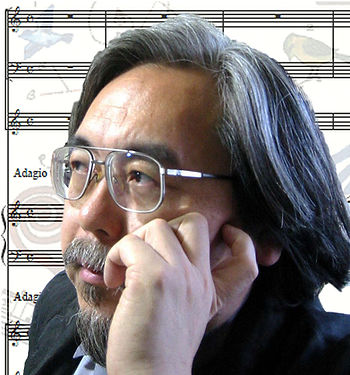
Birds occupy a central place in Takashi Yoshimatsu’s musical life. For Yoshimatsu, they represent the beauty and loss of the natural world. “With my mind’s eye,” he writes, “I see a sky with transparent birds. With sad eyes they quietly look down on the human beings crawling around in an artificial forest below them.”
Birds have another meaning for Yoshimatsu. They have “presented me,” he writes, “with the task of searching for new wings with which to fly from the chaotic woods/world of contemporary atonal music.”
Yoshimatsu grew up surrounded by a vast range of music. He listened to rock, jazz, folk, and experimental music, and played in rock and jazz bands as a teenager. He has absorbed all of these influences into a style that aims to speak to the broadest possible audience.
And Birds Are Still… was written as a short elegy for string ensemble. “This piece,” writes Yoshimatsu, “came from an image of birds gathered around a dead comrade.” Like a flock of birds, the string section is divided into many parts, giving this simple music a sound so tangible that it seems almost to be present in the hall.
| First SLSO performance | This weekend’s concerts |
| Instrumentation | Strings |
| Approximate duration | 8 minutes |
Serenade for Winds
Antonín Dvořák
Born September 8, 1841, Nelahozeves, Czechia
Died May 1, 1904, Prague, Czechia
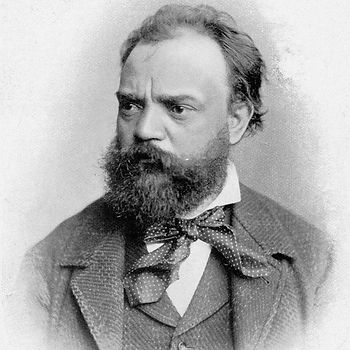
The Wind Serenade came at a turning point for Dvořák. This butcher’s son had fought his way slowly up the rungs of a career, but by his late 30s he was still struggling to make ends meet.
Brahms—who took a liking to Dvořák’s music—advocated for him, and soon a set of dances was published. After a glowing review, there was a run on sheet music stores. Almost overnight, Dvořák was a sensation.
The Wind Serenade was an extravagant thank you note to the reviewer who had ensured Dvořák’s success. It was written after Dvořák had heard Mozart’s heavenly Serenade for Winds, Op. 361, known as the “Gran Partita.”
By Dvořák’s time, “serenade” was a catch-all term for any collection of lighter pieces. Composers would slough off their heavy, “serious” coats, and show all of their charm and creativity.
Dvořák’s first movement is a miniature military march, with a skip in its step. The second takes us to the dance floor, both slow (the sousedská) and high-spirited (the furiant). The third is a reminder of Dvořák’s love for Mozart, while the finale goes off like a fire-cracker.
| First performance | November 17, 1878, at the Prague Provisional Theatre, the composer conducting |
| First SLSO performance | January 7, 1972, Walter Susskind conducting |
| Most recent SLSO performance | May 29, 1998, David Loebel conducting |
| Instrumentation | 2 oboes, 2 clarinets, 2 bassoons, contrabassoon, 3 horns, cello, bass |
| Approximate duration | 24 minutes |
Tim Munro is the St. Louis Symphony Orchestra’s Creative Partner. A writer, broadcaster, and Grammy-winning flutist, he lives in Chicago with his wife, son, and badly-behaved orange cat.

